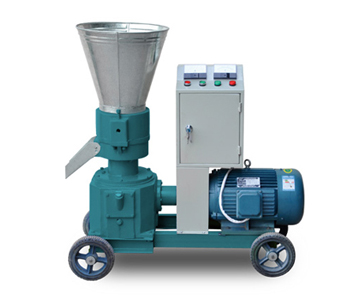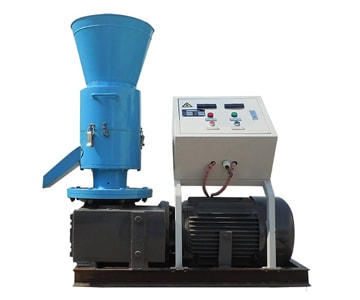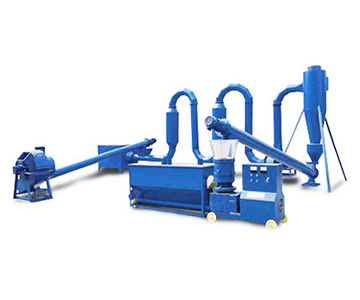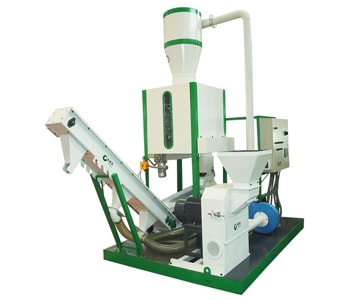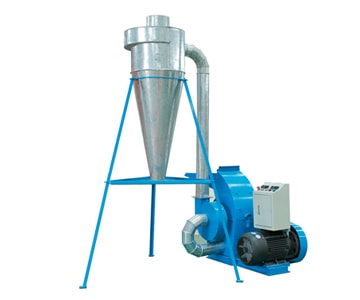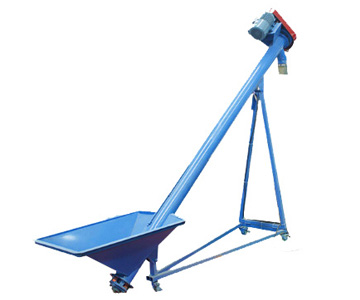How much do you know about biomass molding fuel?
Biomass molding fuel (BMF) is a kind of clean fuel. Pellet machine compresses biomass such as straw, sawdust, fruit shell, corn cob, wheat bran, tree branches and leaves into biomass pellets. Biomass molding fuel is a clean energy product which is easy to preserve and transport. It has the advantages of good combustion characteristics, high burnout rate, less dust and low chemical pollution emissions.
Composition and structure of biomass molding fuel
Biomass molding fuel is composed of combustible matter, inorganic matter and water. It contains carbon (C), hydrogen (H), oxygen (O), a small amount of nitrogen (N), sulfur (S) and other elements. It also contains ash and moisture.
- C: Biomass molding fuel contains less carbon (about 40-45%), especially fixed carbon, which is easy to burn.
- H: Biomass molding fuel has high hydrogen content (about 8-10%) and high volatile content (about 75%).
- S: The sulfur content of biomass molding fuel is less than 0.02%. There is no need to install a flue gas desulfurization device when burning, which reduces the cost of desulfurization and is beneficial to environmental protection.
- N: Nitrogen content in biomass molding fuel is less than 0.15%, and NOX emission is up to the standard.
- Ash: Biomass molding fuel uses high quality wood biomass as raw material, with very low ash content, only about 3-5%.
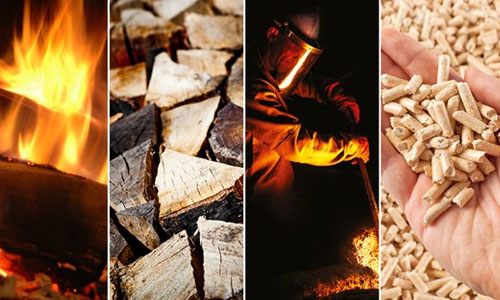
Physicochemical indices of biomass molding fuel
- Density: 700-1300 kg/m3
- Ash: 3-20%
- Moisture Content: ≤15%
- Calorific Value: 3500-4500 kcal / kg
- Burning Rate: ≥96%
- Thermal Efficiency: ≥81%
- Smoke Blackness: <1
- Discharged Dust Consistence: ≤80mg/m3
The calorific value of biomass molding fuel blocks varies with the type of raw materials. Take corn straw as an example: the calorific value is about 0.8-0.95 times that of coal, that is, 1.1 t of corn straw molding fuel is equivalent to the calorific value of 1 t of coal. The combustion efficiency of corn straw molding fuel is 1.3-1.5 times that of coal-fired boiler, so the calorific efficiency of 1 t of corn straw molding fuel is equivalent to that of 1 t of coal.
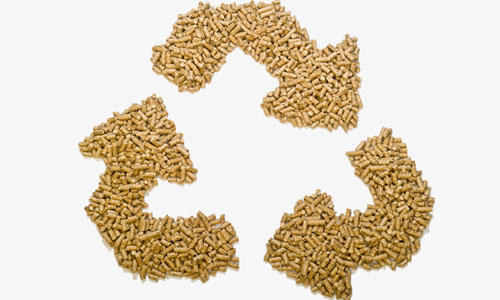
Characteristics of biomass molding fuel (BMF)
- Biomass fuels can achieve eco-zero emission of greenhouse gas CO2. The energy of BMF comes from the solar energy fixed on plants by natural photosynthesis. Carbon dioxide emitted during combustion comes from the absorption of natural carbon dioxide during its growth.
- Biomass fuel is a kind of low-carbon energy. The combustion of BMF is mainly volatile, and its fixed carbon content is only about 15%, so it is a typical low-carbon fuel.
- Reducing SO2 emission. BMF contains less sulfur than diesel, only 0.05%. Sulfur dioxide emission can be reduced without desulfurization device.
- BMF ash content is 1.8%, which is about 1/10 of coal-based fuel. A simple dust removal device can achieve dust emission standards.
- BMF has low nitrogen content and high oxygen content. It can effectively reduce air demand and reduce the formation of nitrogen oxides when burning.
- BMF is derived from agricultural and forestry wastes, with an incineration rate of 96%, and the remaining 4% ash can be recycled as potassium fertilizer, thus realizing an effective cycle of "straw, fuel, fertilizer".
- BMF has high density, small volume, solid forming, sealed packaging, safe and convenient transportation and storage.
- The biomass molding fuel has the advantages of high volatility, easy precipitation, good carbon activity, flammability, less ash, fast ignition, more fuel saving and lower use cost.
We receive enquiries in English, Español (Spanish), Русский язык (Russian), Français (French) and العربية (Arabic). Our professional team will reply to you within one business day. Please feel free to contact us!

